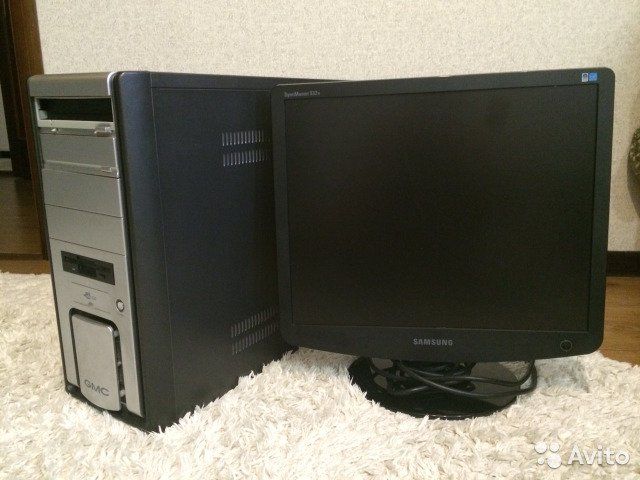How to reduce monitor brightness on a computer
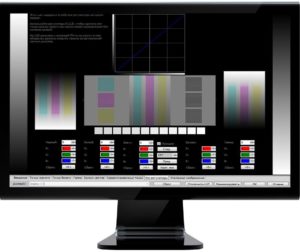 If you're using a laptop, tablet, or other mobile device, you'll need to adjust the display brightness to see better, depending on whether you're indoors or outdoors. Windows 10, Windows 8.1 and Windows 7, as well as other computer or laptop systems, offer many ways to change the screen brightness, and most users do not know even half of them.
If you're using a laptop, tablet, or other mobile device, you'll need to adjust the display brightness to see better, depending on whether you're indoors or outdoors. Windows 10, Windows 8.1 and Windows 7, as well as other computer or laptop systems, offer many ways to change the screen brightness, and most users do not know even half of them.
The content of the article
How to choose the most optimal brightness on your computer
You want to match the brightness of your monitor to the ambient light in your workspace. To achieve this, look at the white background of this page. If it looks like a light source in the room, it is too light. If it appears dull and gray, it may be too dark. If you work in a shiny, reflective office, applying a glare reduction filter to your screen can also help.
REFERENCE! Most monitors allow you to manually adjust color temperature. It is better to use a warmer (yellowish) color temperature in dark rooms and a cooler (bler) color temperature in bright rooms. You can remove or add it using the buttons on the monitor.
 Depending on the lighting in which you use the monitor, you need to change the brightness level of the screen.For example, if you are in a well-lit room, then the image on your monitor should contain high brightness when working with it. If you are and use the monitor in a room with insufficient lighting, then you should not use a high level of lighting. This will be correct and if the lighting or workplace changes, it is worth changing the settings.
Depending on the lighting in which you use the monitor, you need to change the brightness level of the screen.For example, if you are in a well-lit room, then the image on your monitor should contain high brightness when working with it. If you are and use the monitor in a room with insufficient lighting, then you should not use a high level of lighting. This will be correct and if the lighting or workplace changes, it is worth changing the settings.
When light hits your eye too much in low light, it can have a negative impact on your vision. But too low brightness can lead to negative consequences. Dim your lighting to a comfortable level for your eyes, or turn on additional lighting such as lamps or LED lighting behind your monitor if you have one. In modern gaming monitors and accessories, the backlight is installed by default.
What can you use to reduce the brightness?
Some laptop keyboards or generic Windows tablet keyboards come with keys that let you easily change the screen backlight. For example, on an HP Specter 13t laptop, you can use the F2 and F3 keys to dim or raise the screen backlight.
On Surface Pro devices, you can press Fn + DEL to increase/add, and Fn + BACKSPACE to decrease/lower/remove it.
On a Lenovo Legion Y520 laptop with Windows 10, you can press F+F11 to decrease it and Fn+F12 to increase it. Look for similar keys on your laptop.
These keyboard shortcuts are commonly found on Windows laptops and tablets with mobile keyboards.
REFERENCE! Desktop keyboards do not have these keys because on desktops, Windows does not allow users to change the screen light level.
Desktop displays have manual lighting controls. It's not made from Windows.
Windows 10
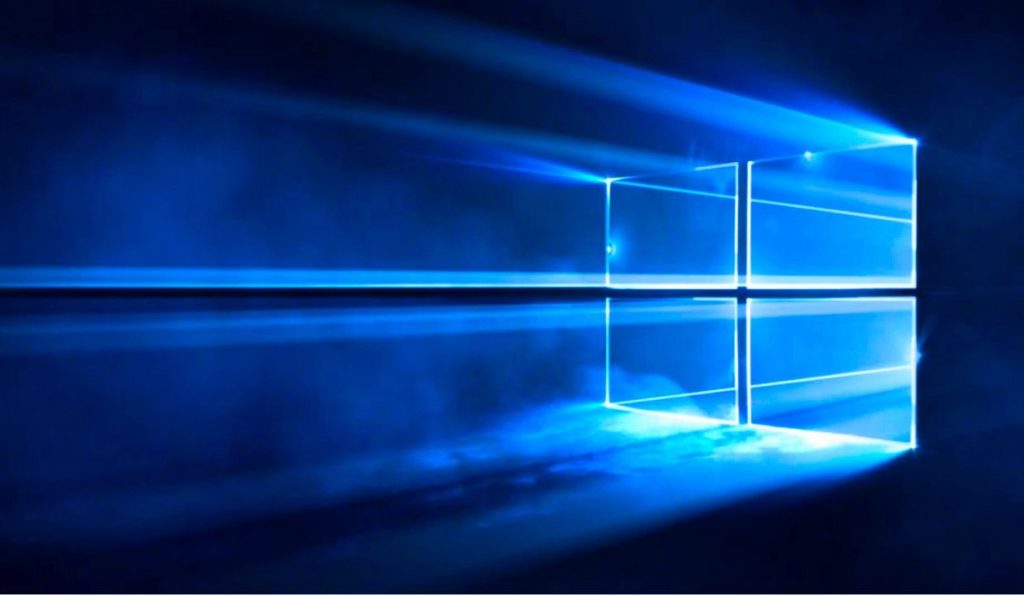
If you are using Windows 10 on a tablet or laptop, then a quick way to change the lighting is as follows. Click or tap the battery shortcut (corner on the right side of the taskbar). Then, from the displayed menu, click or tap the brightness icon until you reach the desired result.
On some Windows 10 laptops and tablets, the backlight is expressed as a percentage and ranges from 0% to 100%.
On some devices, such as the Surface Pro, screen backlighting is expressed in levels such as Darkest, Darkest, Suggested, Brighter, and Brighter. They indicate brightness 0%, 25%, 50%, 75% and 100%.
Using quick actions from Action Center (Windows 10 only).
Windows 10 users can also use Action Center to change brightness. You can click or tap the Action Center icon in the bottom right corner of the screen, press Windows + A on your keyboard, or swipe in from the right side of the screen (if using a touchscreen). In Action Center, tap or tap the screen backlight icon until you reach the desired brightness level.
REFERENCE! Keep in mind that on some Windows 10 laptops and tablets, brightness is expressed as a percentage, while on others it is expressed as Darkest, Darkest, Suggested, Lighter, and Brighter. They indicate brightness 0%, 25%, 50%, 75% and 100%.
Adjust from Control Panel (all Windows versions)
Another method to change the brightness is to use the control panel. Either open Control Panel and go to "Hardware and Sound -> Power Options" or right-click on the battery icon on the taskbar and open "Adjust Screen Brightness."
Both methods will take you to the Power Options window. At the bottom of this window, find the screen brightness slider. Use it to dim or increase the display backlight.
NOTE. This option does not appear on desktop computers, only on laptops, Windows tablets.
Use Windows Mobility Center to change screen brightness (all versions).
Windows laptop users can also use Mobility Center to adjust the screen backlight. Launch the Mobility Center app, and use the Screen Brightness slider to set it as desired.
Windows 8
Use the Settings button (Windows 8.1 only). If you're using Windows 8.1, pick up the charms. One quick way to do this is to press Windows + C on your keyboard, or swipe from the right edge of the screen towards the center (if you're using a tablet). Then click or tap Settings.
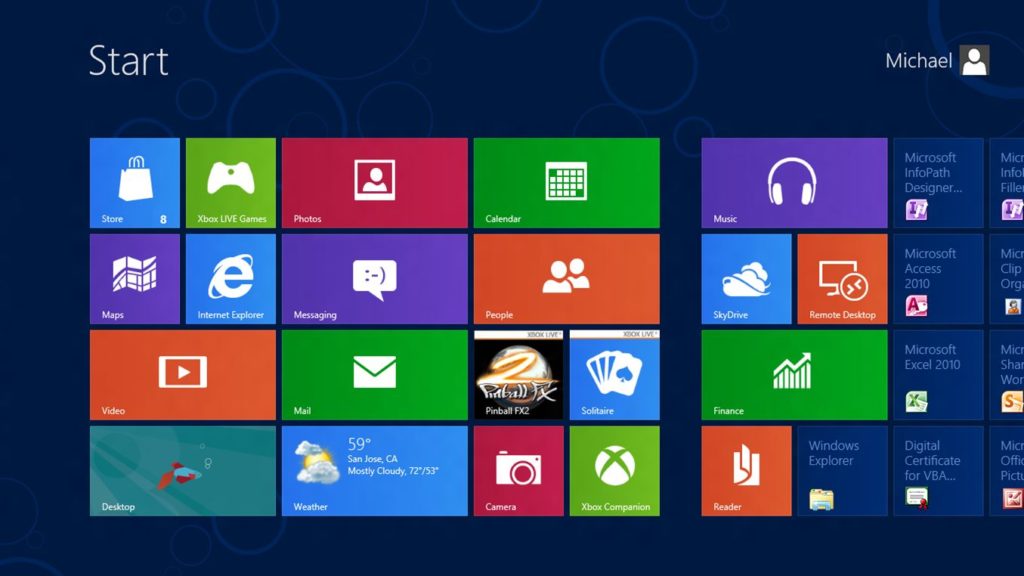 At the bottom of the Settings button there are several buttons. Find the one called "Screen" and click or tap on it.
At the bottom of the Settings button there are several buttons. Find the one called "Screen" and click or tap on it.
Move the brightness slider up or down, depending on how you want to set the screen backlight. When you're done, click or tap anywhere outside the Settings charm to make it disappear from the screen.
Adjust the screen backlight by changing the active power plan (all Windows versions)
Different Windows devices have different power plans.Some come with different lighting settings, as lowering the screen illumination reduces power consumption and increases the battery life of your device.
So if you want to reduce the brightness, change the plan to one that offers better battery life. If you want to increase the screen backlight, change the plan to one that offers better performance and shorter battery life. To learn more about power plans and how to change them, read this guide: What are power plans and how to switch them in Windows.
How to reduce brightness using the menu or special programs
Change display brightness using the Settings app (Windows 10 only).
Windows 10 users can also use the Settings app to change the screen backlight level. Open Settings (Windows + I) and go to System.
In the left column, select Show. On the right, find the Change brightness slider for brightness and color.
Use this slider to set the display backlight the way you want.
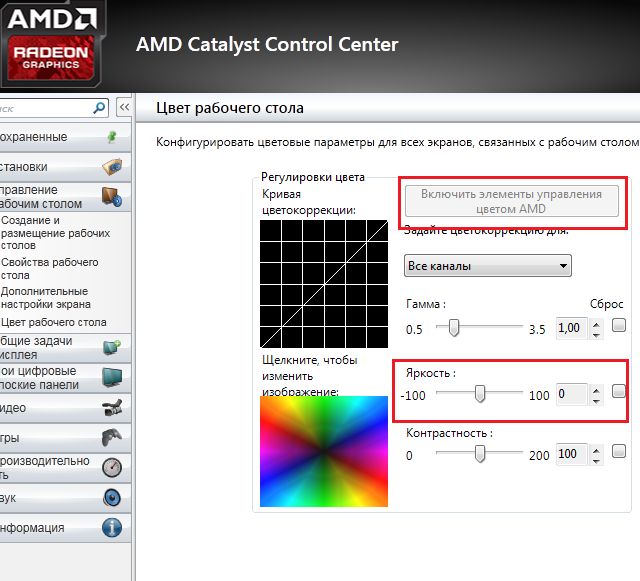 Desktop Lighter makes it easy and quick to adjust your screen's backlight. He can change the brightness level by clicking on the icon and adjusting the slider up or down, or using keyboard shortcuts. The Ctrl +< and Ctrl +> key combinations are very similar to the proprietary software and Fn key combinations found on many laptops. Other available options start with Windows, expand the slider, and remember brightness settings.
Desktop Lighter makes it easy and quick to adjust your screen's backlight. He can change the brightness level by clicking on the icon and adjusting the slider up or down, or using keyboard shortcuts. The Ctrl +< and Ctrl +> key combinations are very similar to the proprietary software and Fn key combinations found on many laptops. Other available options start with Windows, expand the slider, and remember brightness settings.
ScreenBright is a free and portable tool that can adjust your display's brightness, contrast, color vibrancy, and color temperature. The program has the slight disadvantage of requiring a DDC/CI or USB-compatible display, which not all monitors or laptop screens have. Usage is self-explanatory, adjusting the sliders and clicking "Save" when you're happy with the result.
REFERENCE! ScreenBright also supports command line arguments, so you can use it in shortcuts and scripts, or even set up a scheduled task to trigger the setting at specific times of day.
RedShift GUI has a simple slider for adjusting the screen backlight, this is a very interesting utility because the main purpose of the program is to dynamically adjust the color temperature of the display depending on the time of day. "Hot" is a lighter display during the day and a warmer and slightly darker screen tint at night. This should make things a lot easier on the eyes.
Simply enter day and night temperatures in the settings and then select your location by IP address, city or city, or enter your own coordinates if you know them. Then, when the sun rises or sets on you, the display temperature will change to reflect this.
For users who want to change more than just the default brightness of their display, Gamma Panel is a good viewing tool. In addition, it can also adjust gamma and contrast, adding the ability to adjust each of the red, green, and blue colors individually or together.
Another useful option is the creation of profiles that can be activated using a predefined hotkey, so you can, for example, set up a night profile and activate it when you feel the need by pressing a key combination or from the taskbar menu with the right mouse button. Even though this is still in 2002, Gamma Panel still works very well in Windows 7 and 8.





